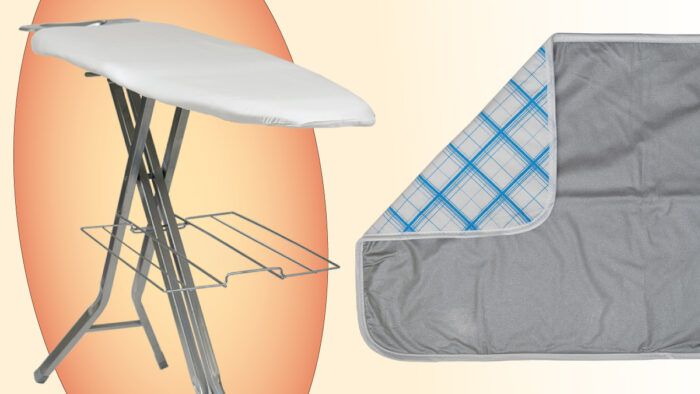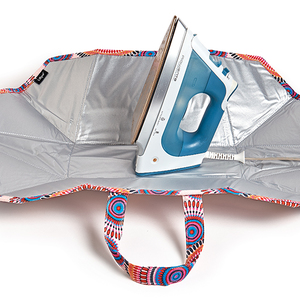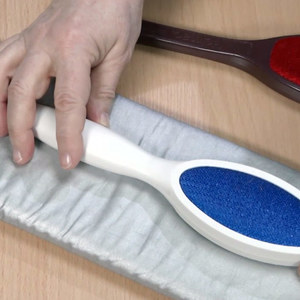Choose the Right Ironing Board, Pad, or Mat for Your Sewing
Boards, pads, and mats for better pressing
One of the most underappreciated pieces of sewing equipment is the lowly ironing board. Whether you are tailoring wool or setting a sharp crease, the pressing surface works in concert with the iron to create the desired shape.
Given the wide range of options available, it can be confusing to choose among different pressing surfaces. Some materials are better suited for pressing wrinkles from yardage, others are ideal for high steam use in tailoring, and still others may give a crisper, sharper press.
There are two main types of pressing surfaces: the traditional, stand-alone ironing board or press, and the pressing board or mat. Traditional ironing boards and presses have a three-part structure. There is a base, often consisting of metal mesh, perforated metal sheet, or a wooden board. The base is covered with padding material, and then the pressing surface has a cover that may be made of a wide range of materials.
The other type of pressing surface is a board or mat that can be placed on top of a traditional ironing board or other worksurface. These mats vary greatly in size and composition, and you’ll choose based on the tasks you need to accomplish. They can be a helpful addition to the sewing space for their convenience or specialty purposes.
If you sew garments, you probably already own a basic ironing board. The following information can help you decide whether you could benefit from an updated pad or cover, and whether additional surfaces can improve your pressing.
Ironing boards
A standalone ironing board has three elements to consider: the board, the pad, and the cover that holds the pad in position.
Board construction
Start your 14-day FREE trial to access this story.
Start your FREE trial today and get instant access to this article plus access to all Threads Insider content.
Start Your Free TrialAlready an Insider? Log in

































Log in or become a member to post a comment.
Sign up Log in